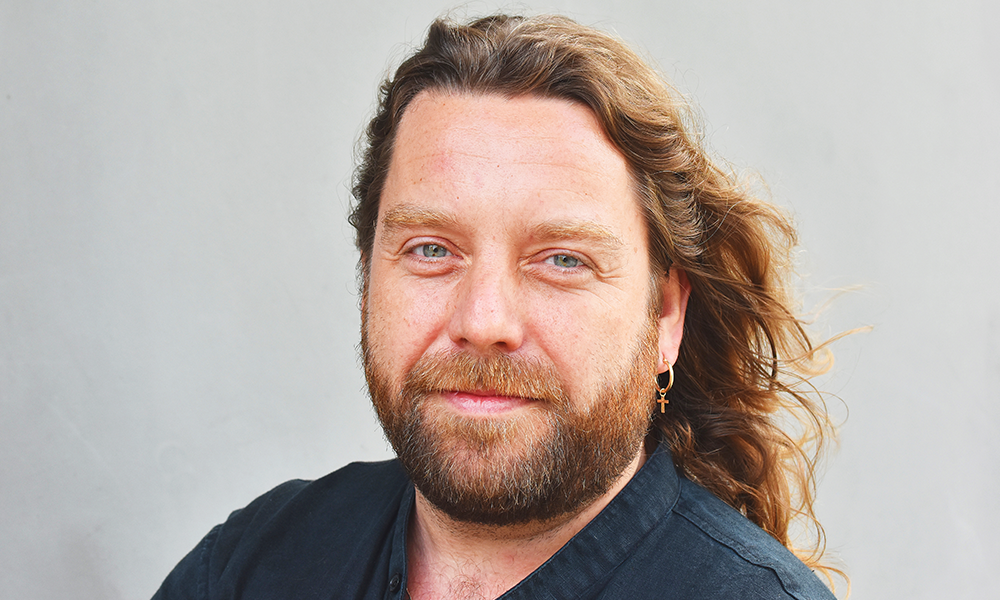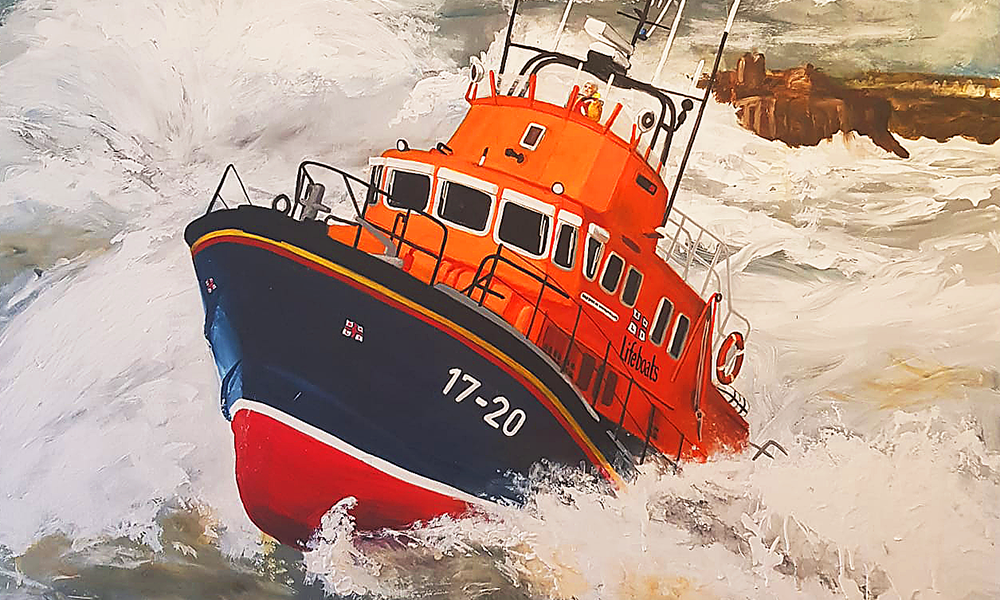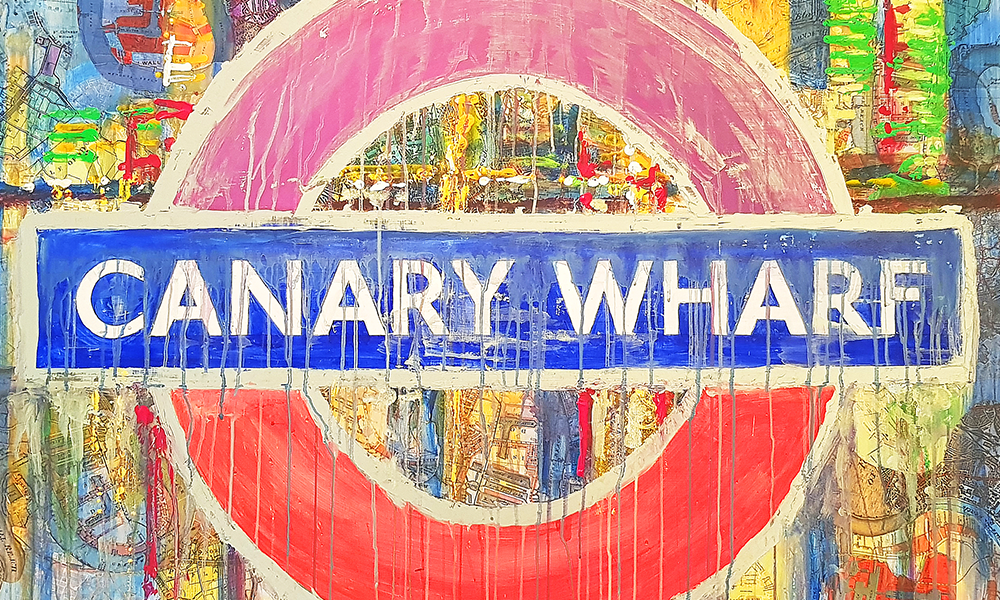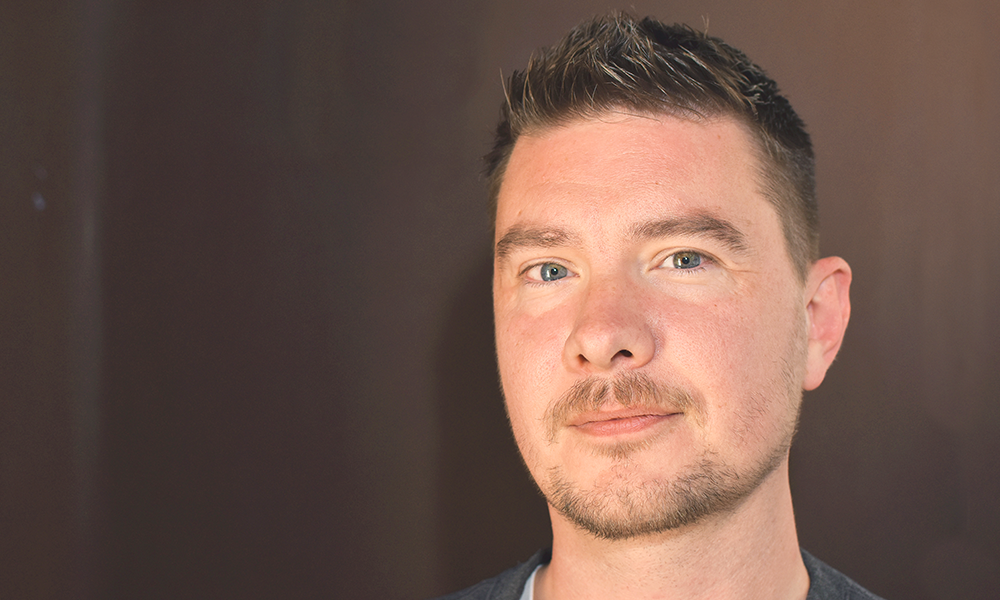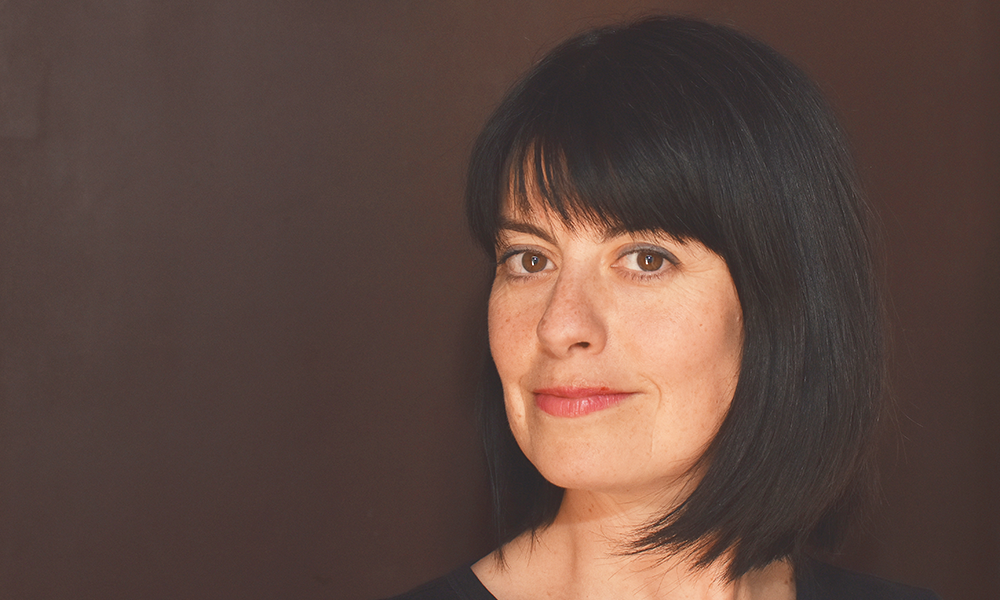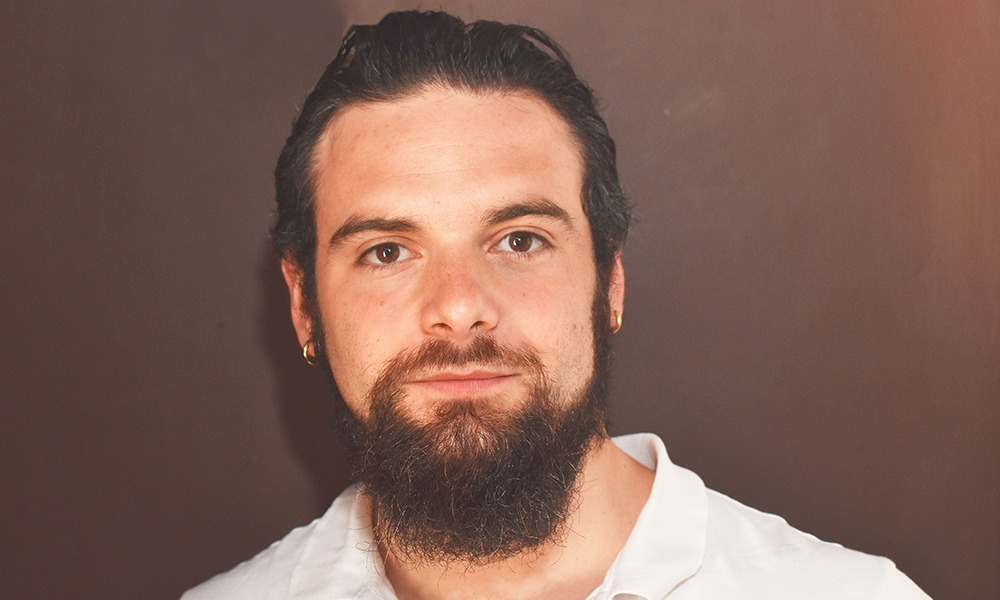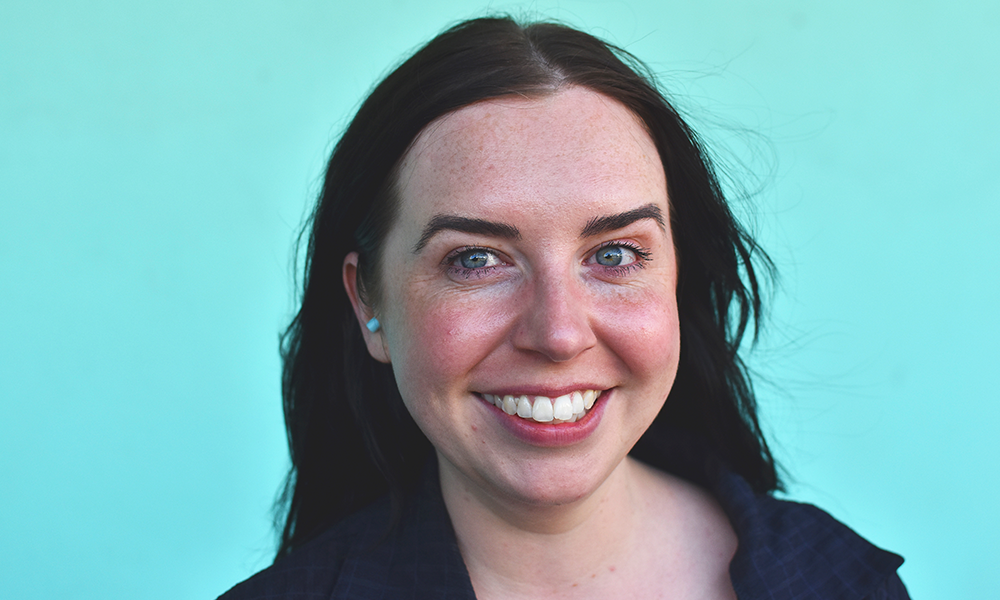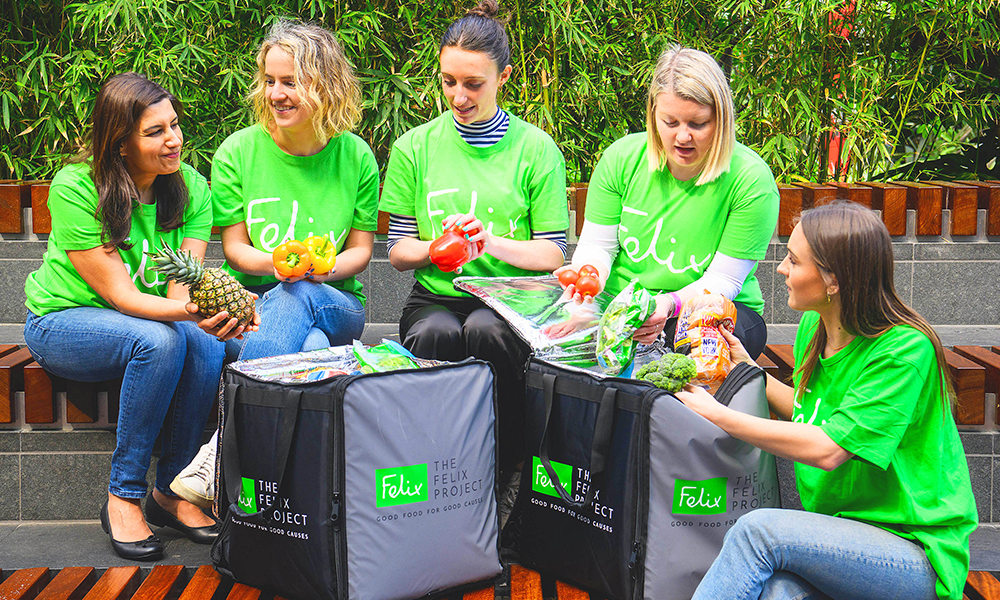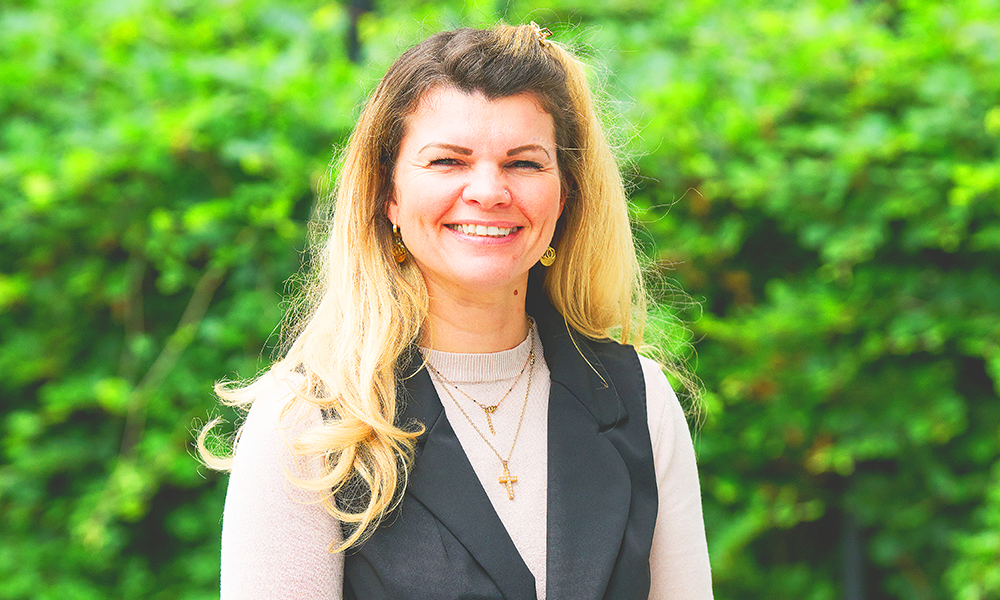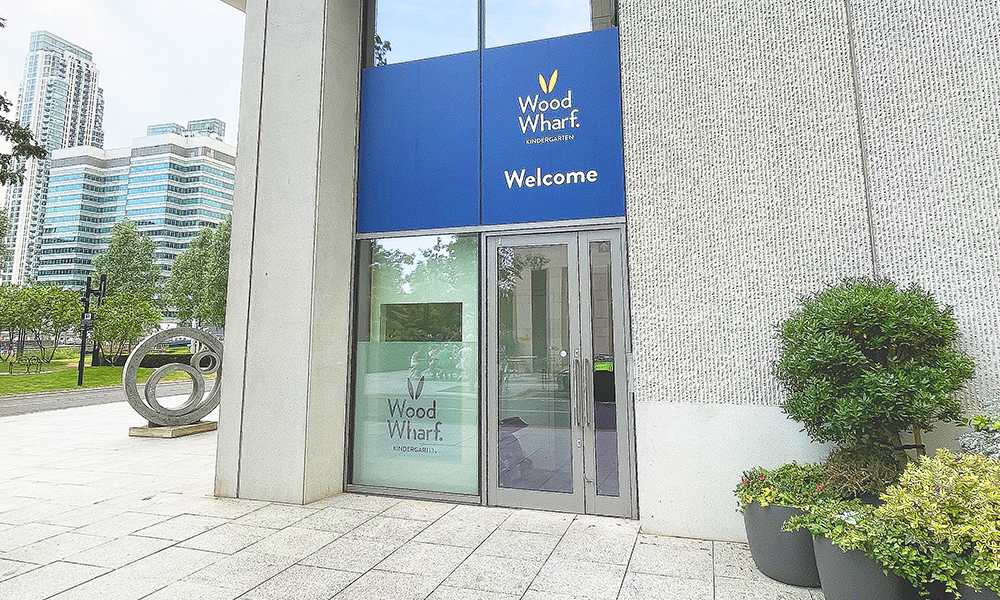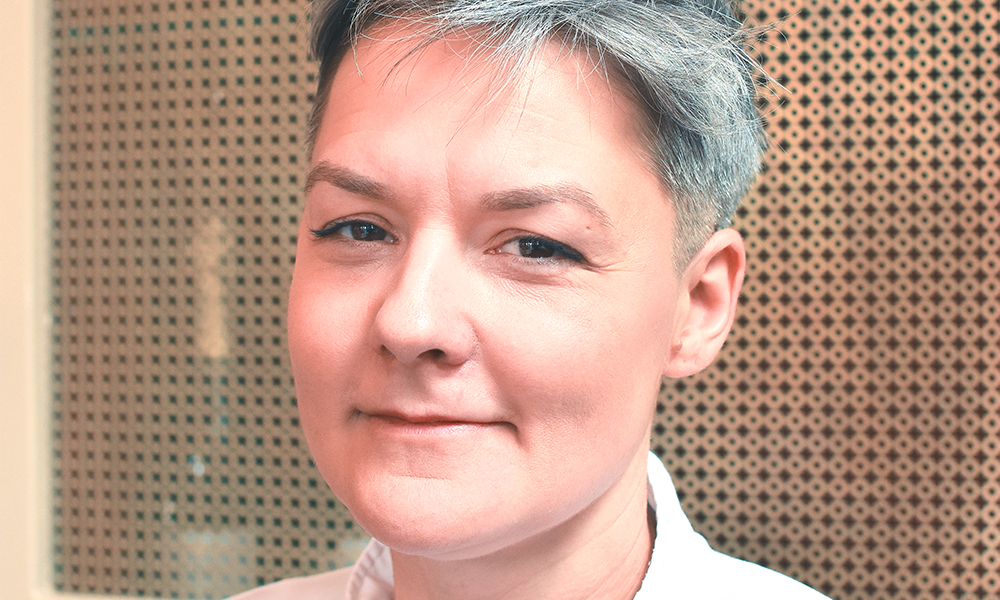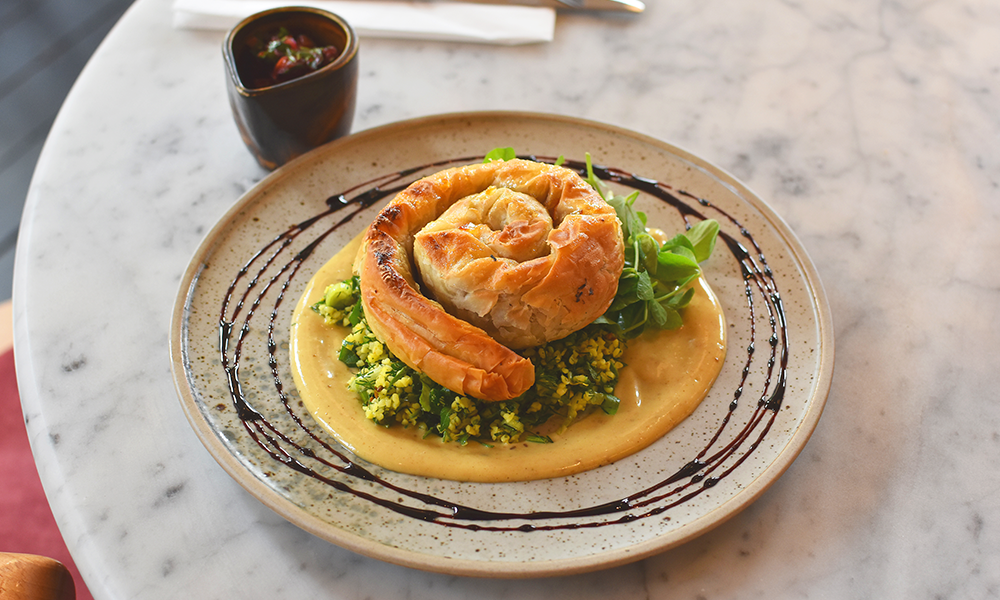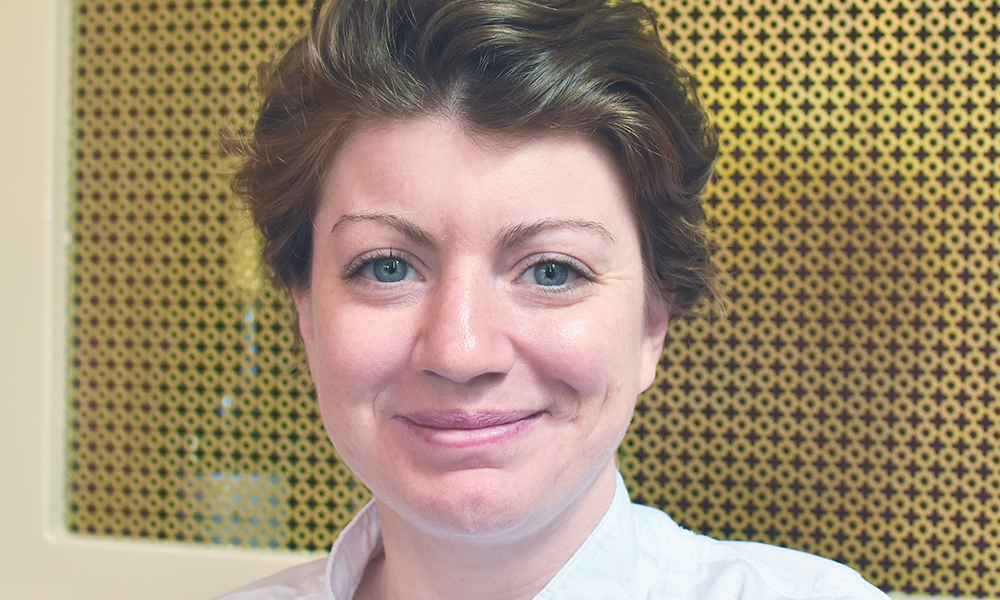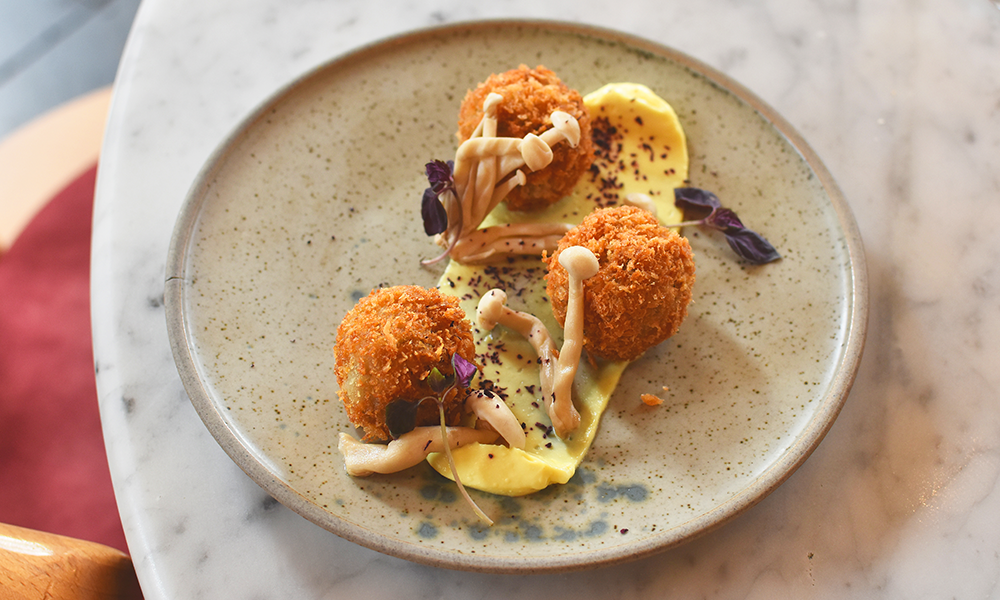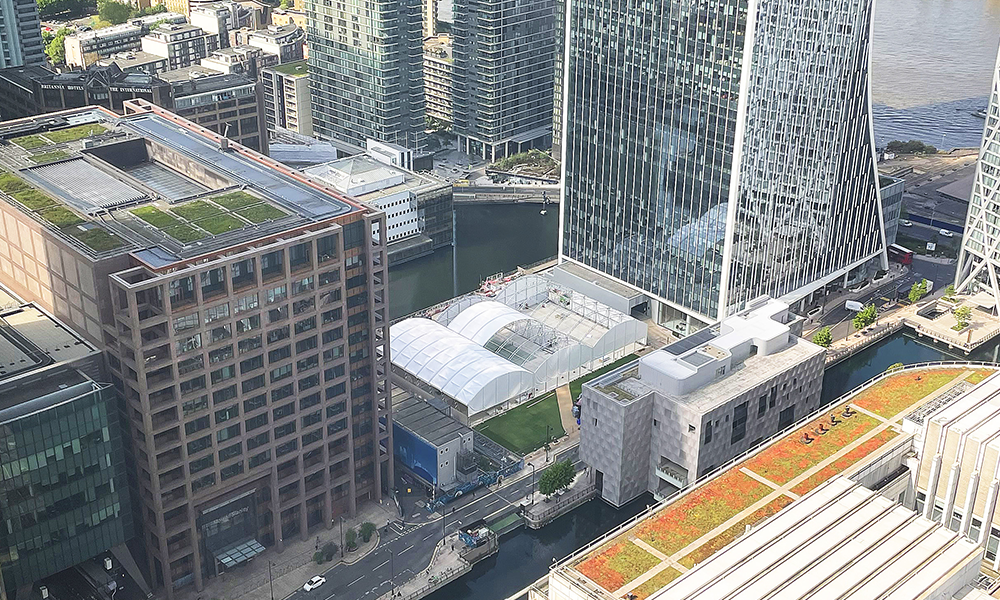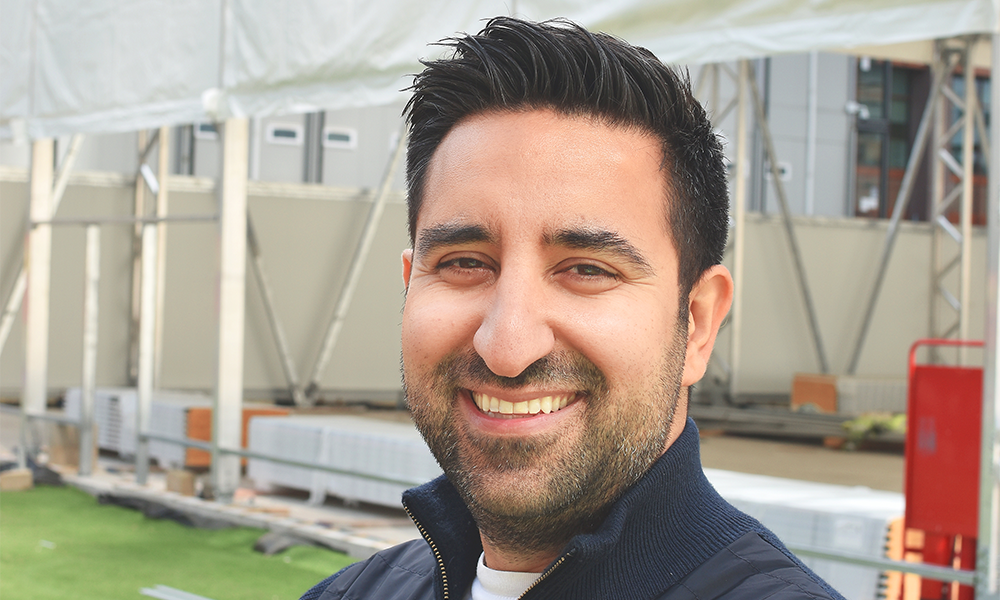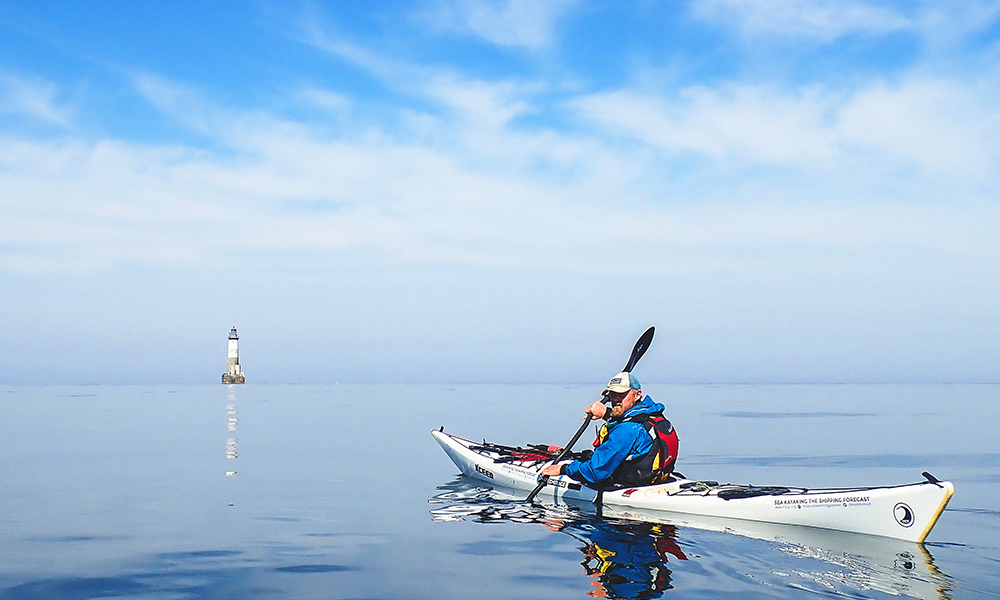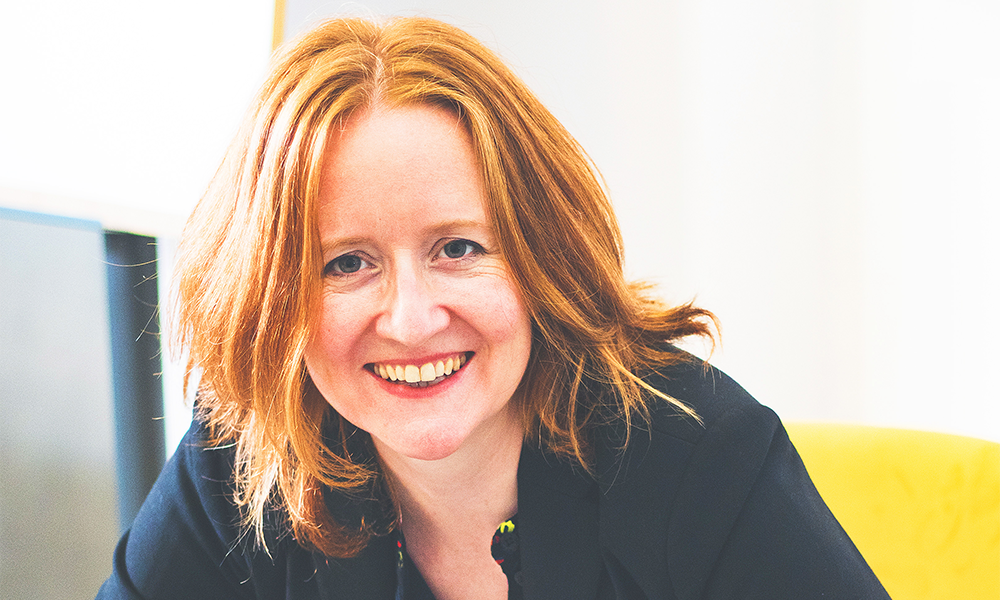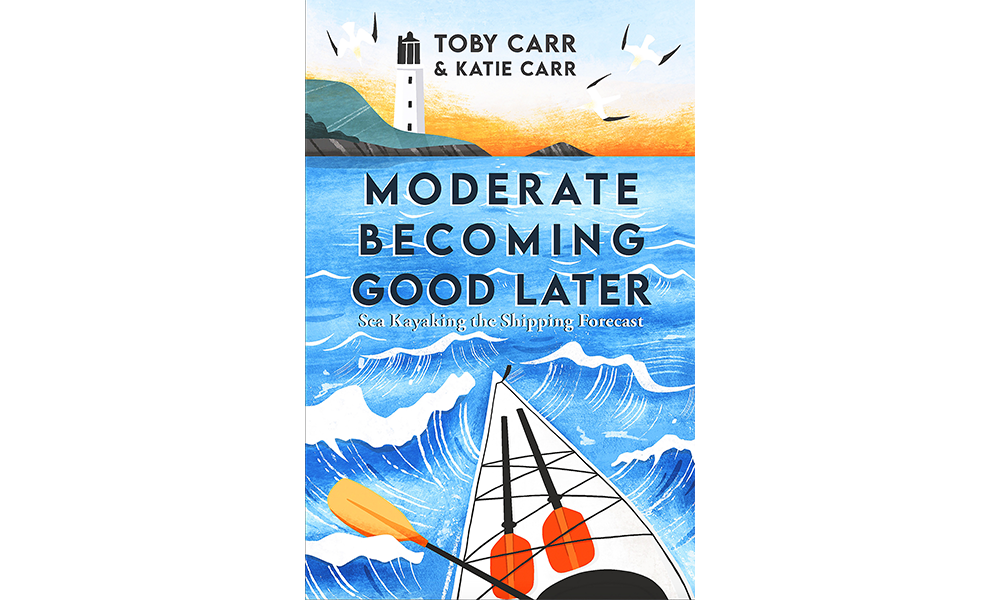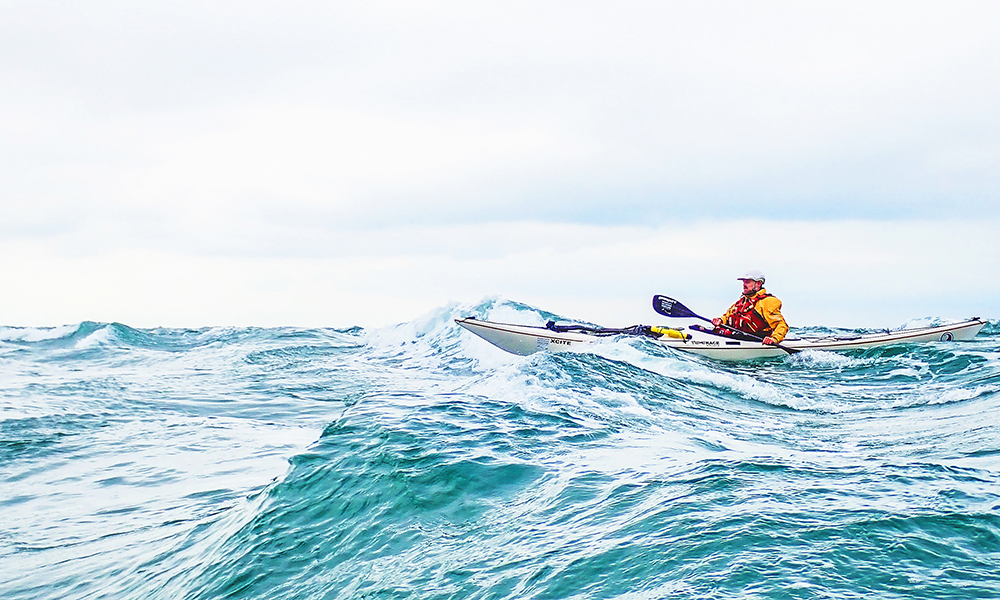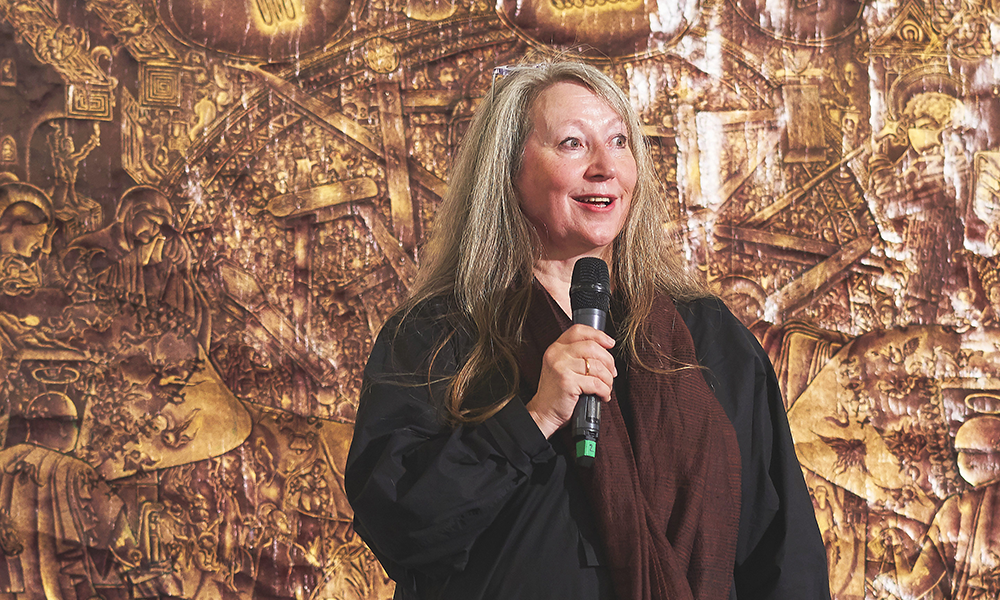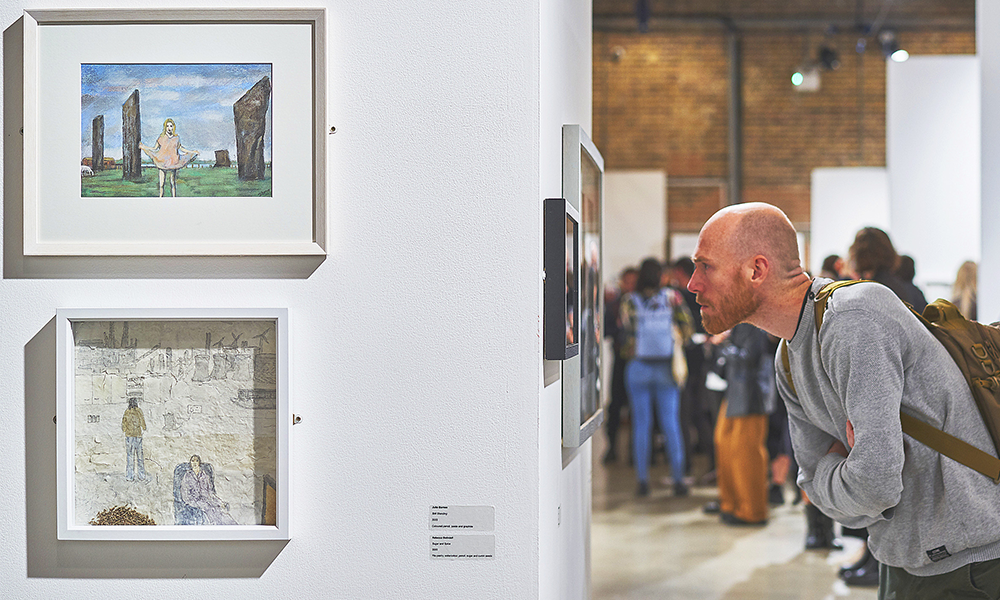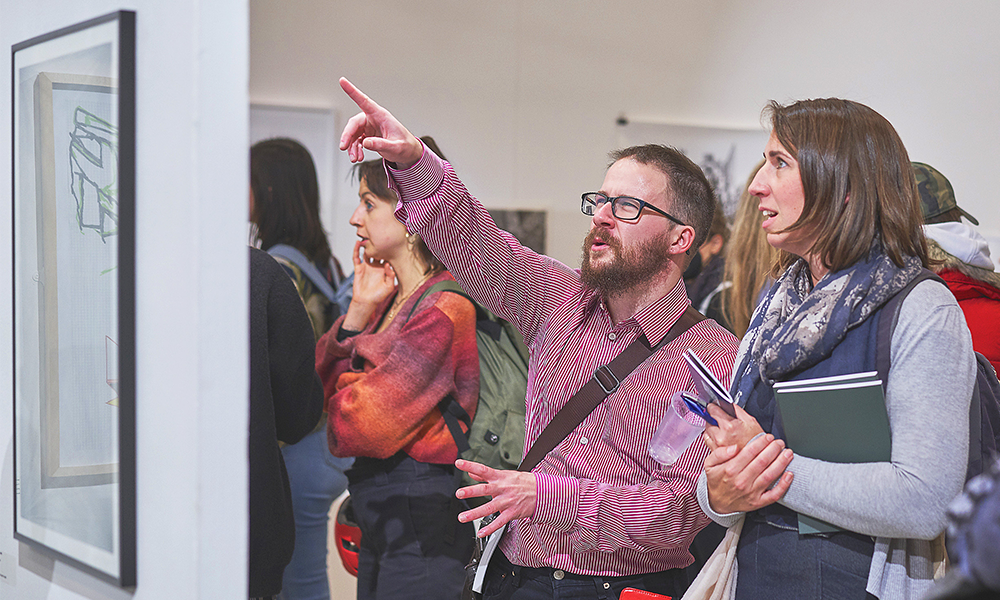Artistic director Clive Lyttle on how acts have been commissioned to get audience’s hearts’ beating
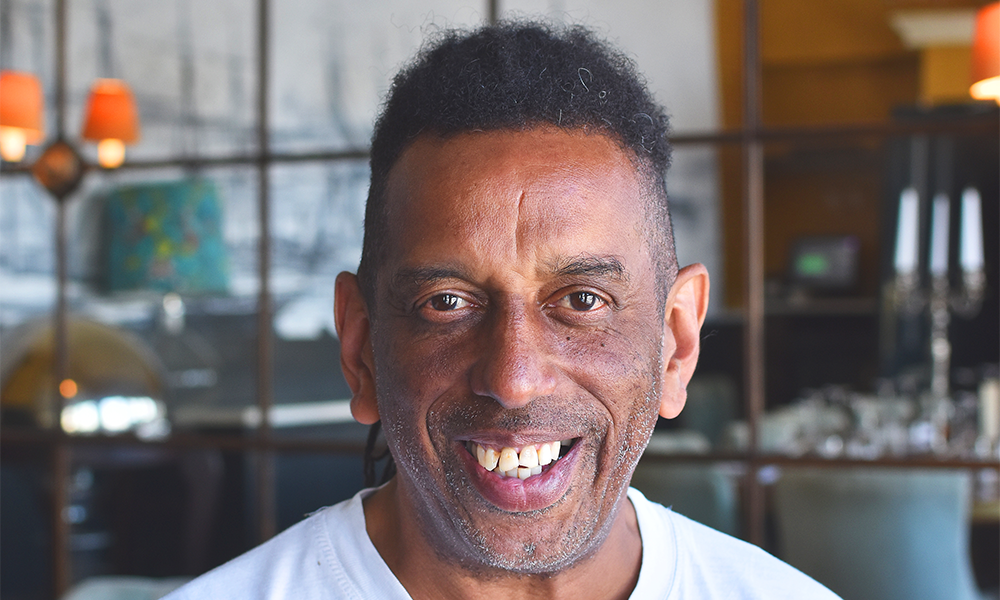
Subscribe to our Wharf Whispers newsletter here
Clive Lyttle is smiling and there’s a glint in his eye.
The artistic director of Certain Blacks is relishing the prospect of putting on four days of completely free entertainment in Royal Docks when the organisation’s Ensemble Festival returns.
Six whistle-whetting performances are set to take place on July 19 and 20, 2023, followed by a further 10 on July 22 and 23, 2023 – all adding up to a brightly coloured spectacle of newly commissioned circus, dance, art and voguing.
The festival’s 2023 programme is its most extensive to date in Certain Blacks’ ongoing mission to bring live performance from the margins to the mainstream.
“I’d spent 17 years working for Arts Council England and I developed Certain Blacks because of the need to support a wide range of diverse artists,” said Clive.
“Our first indoor festival took place in 2015 at Stratford Circus and we continue to showcase work as an arts development organisation.
“At the Arts Council, I was responsible for Newham, so I have deep contacts in the borough – my first job was as a multi-cultural arts officer for the council.”
Having worked extensively in the area, Clive made the move to Royal Docks six years ago and now lives overlooking Excel from the Flying Angel – a former seaman’s hospital for more than a century, converted into residential homes.
Between there and Certain Blacks’ base at The Factory Project in Silvertown, he oversees two annual festivals – Ensemble in E16 and Heroes, last held at Shoreditch’s Rich Mix in February.
While the latter is a platform for artists to explore performances strictly for an adult audience indoors, the former is strictly family friendly and very much out in the open air.
“Certain Blacks is part of a network called Without Walls,” said Clive, who originally wanted to be a rock star before going on to study jazz guitar in Northumbria and embarking on a career in the arts.

“It’s a national consortium of 36 festivals that work together to commission and develop innovative new work each year that can then tour the country.
“We’ve got seven new commissions including Gorilla Circus – a large scale show with high wire, trapeze and hair hanging that will be the finale of this year’s Ensemble Festival.
“We’re lucky to have Arts Council funding, which gives us a little bit of money to get these shows made and then a bit of time to put a programme together.
“I travel to various festivals in the UK and Europe where we meet people – we’re always on the look out for artists.
“The festival is also funded by the Royal Docks Team for some smaller commissions that range from a local music collective to a Chinese dance group, an African psychedelic performance and something we’re putting together called Give And Take, which is about the politics and rights and wrongs of giving.”
These performances will mostly take place in front of Good Hotel off Western Gateway, a few minutes’ walk from Royal Victoria Dock DLR station.
The finale, however, is set to take place beside Building 1000 near Royal Albert Dock DLR on the Saturday and Sunday.
“It’s a spectacular show,” said Clive. “I saw it at the Norfolk And Norwich Festival – one of the partners in Without Walls – in May and it was fantastic.
“Of the consortium, we’re one of the few partners putting that show on.
“It gets your heart really beating – the hair hanging may make a few people wince and the high wire act is one of the best in Europe.
“He doesn’t wear a harness and left me with my heart in my mouth when I saw the show last month.
“As for the rest of the performances, a lot of the programme is an open call to artists – anyone who wants to do outdoor work can apply and that can lead to performances at, say, seven or eight festivals nationwide.
“With Certain Blacks, a lot of it is putting on work and supporting artists that I’d love to see – but also pieces that are unexpected and diverse.

“It has to be fun too. We do a lot of live art, a lot of work which might challenge the audience – but Ensemble is very much PG-rated, even if the shows might make people think.
“We have the Sonia Sabri Company presenting Mughal Miniatures – The Awakening, a piece based on tiny pictures you can see in Indian temples brought to life.
“Then there’s Fussy Foodies: Battle Of The Pans where people can learn a few tricks about being a celebrity chef, play a few games and have a good singalong.
“Some of the themes we’ll be addressing through the Royal Docks Team commissions are ecology, being eco-friendly and how we live.
“We’ve got an event anyone can take part in called the Bench Invasion.
“People from Belgium are coming over with 10 benches and we’ll have local volunteers helping to put the benches down, and people can sit and talk to them – then at the end there’s a little party and an exchange of stories.
“It’s about slowing life down and listening.
“We’ve also got a big eco-show with the Austin Dance Theatre called Out Of The Deep Blue – it’s a giant puppet that goes around telling stories about conservation.”
One of the few pieces to take place elsewhere will be dotComedy’s News Desk – a live rolling broadcast about events happening on the streets of Royal Docks presented in front of City Hall, delivered by comedian Richard Sharp.
There isn’t even space here to properly mention the interactive pub serving sounds or the rebellious hip hop dance of S.C.R.U.M.
All in all, it adds up to an extensive, diverse and surprising range of work as Royal Docks beds in as a serious cultural destination in London.
Clive said: “The area is getting to be very much part of the wider events ecology of London and we want to take artists from here out into the wider world.
“One of the points about our small commissions is to start artists on that journey, so they could be commissioned by people like Without Walls.”
Find full listings for Ensemble Festival here
THREE HIGHLIGHTS AT ENSEMBLE FESTIVAL

July 22-23, 8,30pm
The absolutely unmissable finale to Ensemble Festival – expect hair hanging, high wire and much more from this aerial spectacle outside Building 1000 at Royal Albert Dock.

July 22-23, noon-7pm
Four LGBTQIA+ dancers from Manchester and Liverpool strut their stuff in this family catwalk extravaganza. Audience decides the winner. Find this show at Western Gateway.
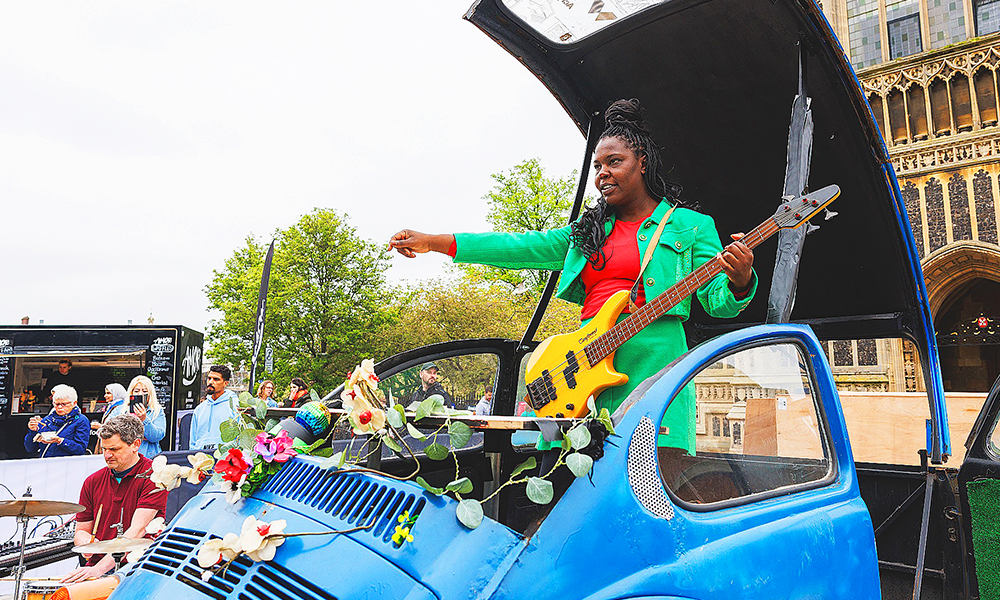
July 22-23, noon-7pm
Just More Productions presents the Battle Of The Pans – a game show themed around Caribbean cooking.
Expect foodie facts, spices and storytelling. Find this show at Western Gateway.
Read more: How artist Mark Taylor is capturing Canary Wharf and Docklands
Read Wharf Life’s e-edition here
Subscribe to our Wharf Whispers newsletter here
- Jon Massey is co-founder and editorial director of Wharf Life and writes about a wide range of subjects in Canary Wharf, Docklands and east London - contact via jon.massey@wharf-life.com




